Umbria Will Steal Your Heart
I first visited Umbria for the very first time over 30 years ago and instantly fell in love with the regions, the landscapes, the people, and the food. I returned regularly after that for many years, but then, my wife and I got so busy focusing on other regions of Italy for this website and for our ItalyMammaMia.com website that ten years went by without visiting.
On my return, two years ago, something happened that made me realize I need to spend as much time as possible here. I am now in Umbria whenever I get the chance and I have just returned from another few months there.
So what happened?
Well, whenever I haven't visited a place for a long time, I often return to find everything changed, sometimes for the better, sometimes for the worse. Restaurants I loved are no more; new buildings are everywhere, etc. I guess that is life in the modern world; everything changes so fast. As they say, change is the only constant.
In Umbria it is not like that.
Take Bevagna, for example. I first visited 18 years ago and recently went back. After nearly two decades, you’d expect everything to have changed. But it hadn’t.
Apart from a few smartphones and updated fashion, the town was exactly as I remembered it—every piazza, every quiet street, every corner. It felt like time had gently paused.
That's why I return regularly now.
When the world feels too fast and noisy, I escape to Umbria. A place where the church bells still set the rhythm of the day, where neighbors stop to chat in the piazza, and where time seems to have gently paused.
Every visit helps me slow down and breathe again.
Here, I remember who I am—not the rushed, modern version of me, but the one who still believes in long lunches, laughter echoing through old streets, and the kind of beauty that doesn’t need to shout.
Umbria doesn’t just recharge my batteries… It brings me back to myself.
The Must-See Places and Towns to Visit in Umbria
Assisi
Assisi is probably the best-known and most visited town in Umbria—but don’t let that put you off.
Yes, it draws plenty of visitors, but the crowds are usually manageable, and the town has never lost its soul. Locals still fill the piazzas, and the festivals here aren’t just tourist events; they’re woven into daily life and held for the community, by the community.
Assisi hasn’t become a museum or a postcard backdrop. It’s a living, breathing town where real people live, work, and celebrate. It has held onto its authentic Umbrian charm. It’s the real deal. Dive into my guide to planning your visit.
Perugia
It's not a very big city, but it is the biggest city in Umbria and the capital of the region. It also holds lots of secrets. Underground Umbria is a treasure trove of newly discovered lost Etruscan towns filled with ancient streets, villas, and homes. An Umbrian version of Pompeii in a way. Above ground too, there is plenty to discover in the city that is known as Italy's city of chocolate: there are chocolate festivals, elegant piazzas, cathedrals, a medieval old town and incredible walks along ancient aqueducts.
Spello
I once shared a story here about an American family who chose to move to Spello. At the time, I received a lot of messages asking, “Where is Spello?” or “Why Spello?” The people asking had one thing in common—they’d never been. My answer was always the same: go there. Spend even a day in Spello, and you’ll understand exactly why they never wanted to leave. Read more about the family I mentioned and Spello here.
Trevi
Trevi, a charming hill town in Umbria, enchanted me from the moment I arrived. Within just a few days, I had already made many new friends. The locals were incredibly welcoming and generous—some of the warmest people I've ever met.
And the town itself? Absolutely captivating. Around every corner are breathtaking views of the olive groves that produce Italy's best olive oil, and the medieval lanes are lined with pretty stone cottages that haven't changed much in centuries.
Trevi stole my heart—and I’m sure it will steal yours too.
Bevagna
Umbria in its entirety is often overlooked by tourists, and within Umbria itself, Bevagna remains one of its best-kept secrets.
Tucked among vineyards and olive groves, this charming little town feels untouched by time. Its medieval streets, Roman mosaics, and relaxed pace offer a glimpse into authentic Italian life. I definitely recommend spending at least a day here—but you may find yourself wanting more.
Take a slow stroll through the historic center, stop for a coffee in the main square, and visit the ancient Roman baths. If you can, come during the Mercato delle Gaite festival in June—it’s pure medieval.
Orvieto
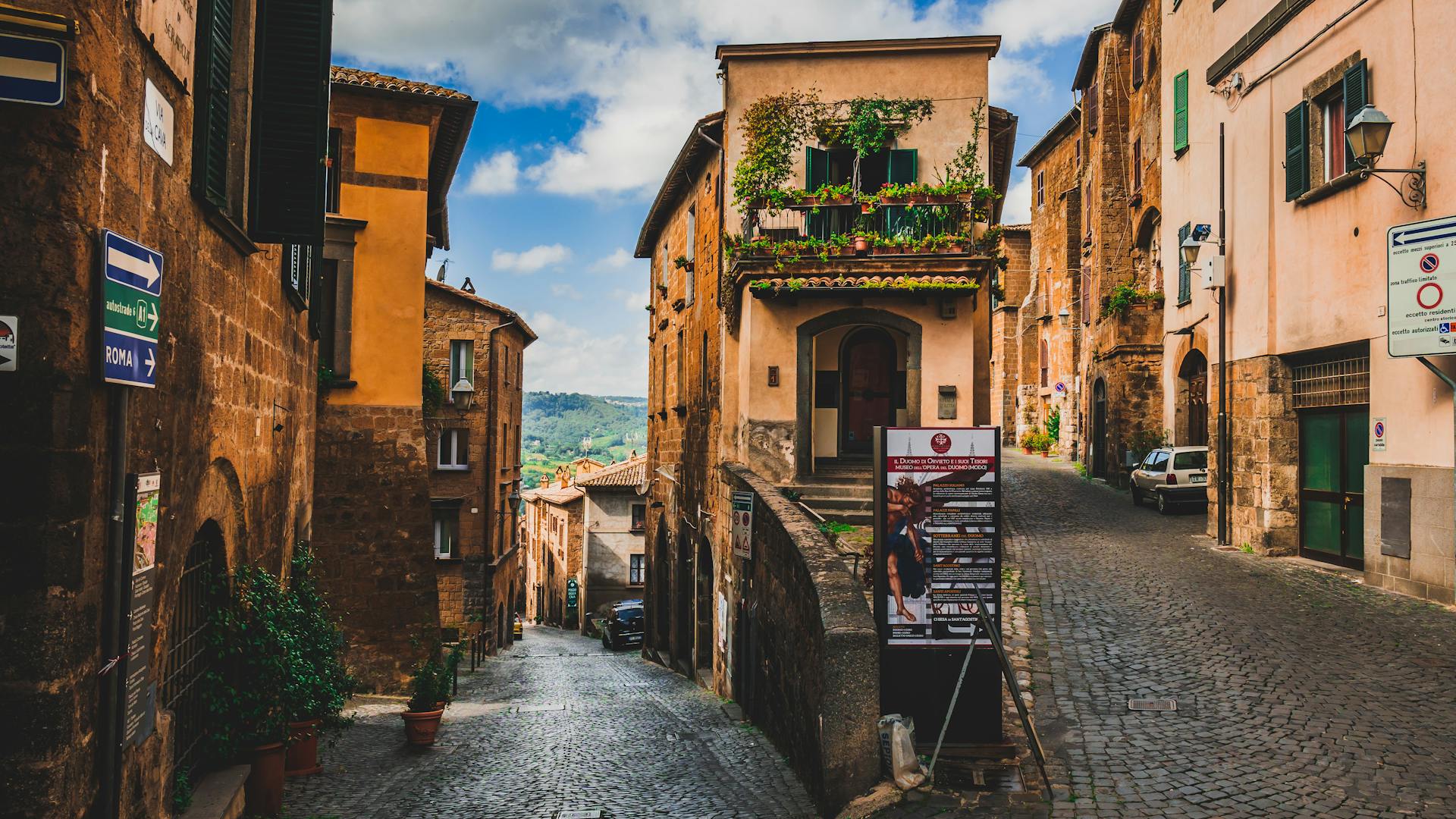
Everyone thinks of the region of Tuscany when they think of hill towns.
But here’s a little secret I always love sharing: Umbria’s hill towns are just as breathtaking as Tuscany’s—maybe even more so. They’re less crowded, often more authentic, and full of that quiet magic that makes Italy so irresistible.
Take Orvieto, for example. The first time I saw it rising from the volcanic rock, I actually stopped the car just to take it all in. It’s the kind of place that wows you before you’ve even stepped inside. And once you do—wow. The cathedral alone is worth the trip: a masterpiece of Gothic architecture with a façade that catches the sunlight like gold. But it’s not just about the big sights. Orvieto’s beauty is in the little things too… the winding alleys, the peaceful piazzas, and the sense of timelessness that makes you slow down and breathe.
It’s a place I’ve never been able to forget—and I have a feeling you’ll fall for it just like I did. If you’re heading to Umbria, don’t miss it. It might just be the highlight of your trip. Discover more about Orvieto here.
Montefalco
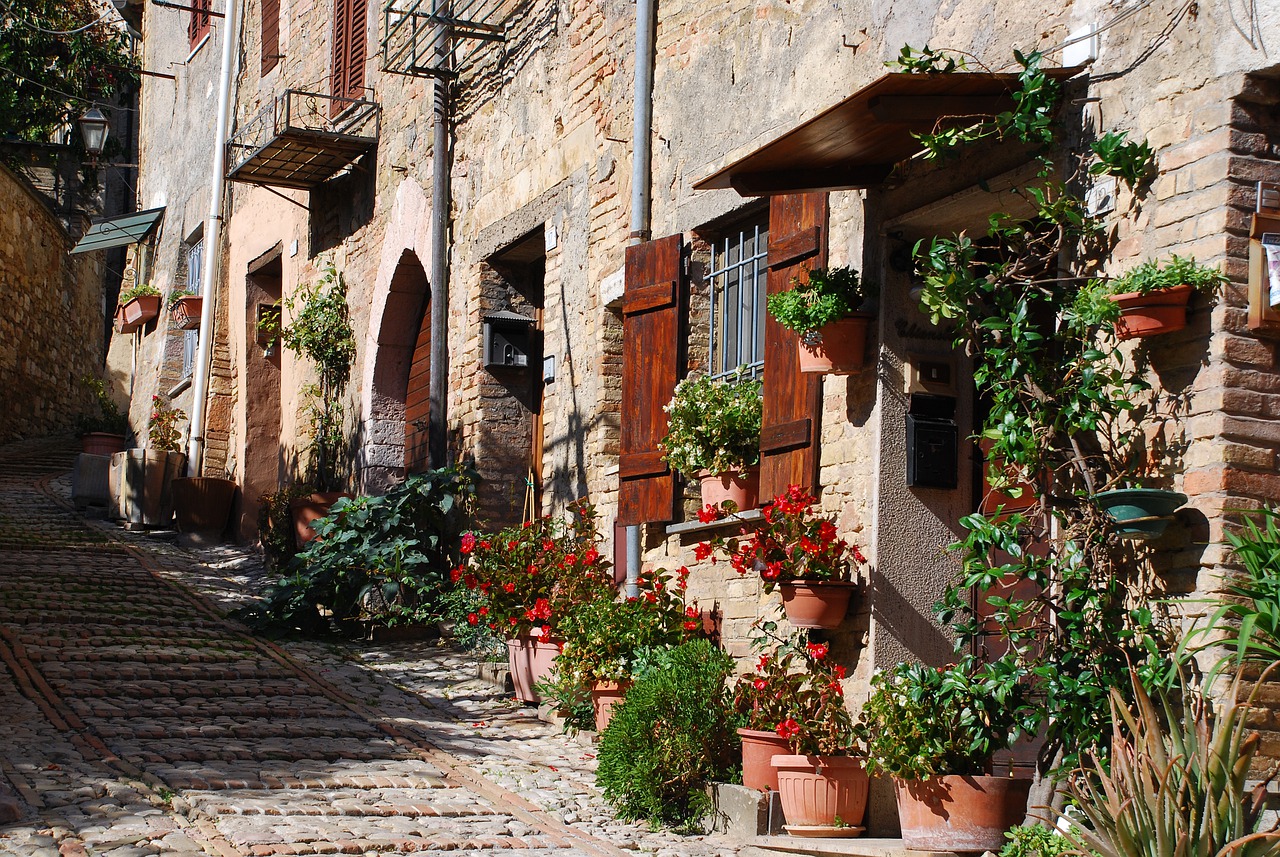
While towns like Assisi dazzle with Umbrian charm, they also draw the crowds—especially between June and August. But if you’re searching for somewhere a little quieter, more personal, and just as beautiful, then Montefalco might be exactly what your heart needs.
It’s not exactly a hidden gem—Montefalco was built in full view, perched proudly atop a hill that’s earned it the nickname “the Balcony of Umbria.” And once you’re up there, it’s easy to see why. The views stretch out for miles across olive groves and vineyards, and there’s a gentle stillness to the town that feels untouched by time.
There’s an old part of Montefalco and a newer one, but even the modern corners carry that relaxed, lived-in atmosphere. Life here unfolds slowly: a morning coffee in the piazza, a stroll through medieval lanes, an afternoon glass of Sagrantino—the bold red wine that Montefalco is famous for.
It doesn’t shout for your attention, but Montefalco has a quiet confidence. It belongs to Umbria in the most authentic way—and if you give it a chance, it just might capture your heart. Discover more in our Guide to Montefalco.
Gubbio
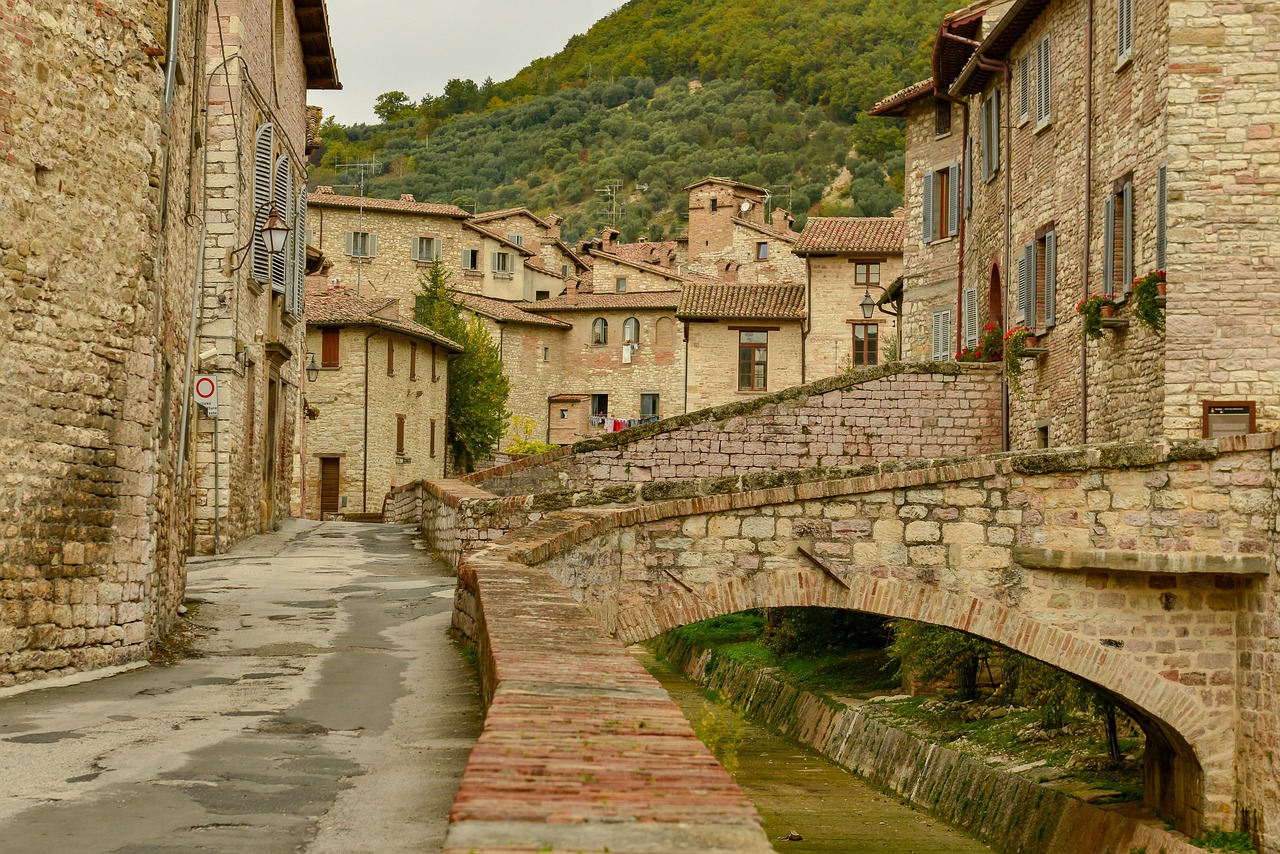
Gubbio doesn’t charm you with pastel walls or hanging baskets. No, Gubbio wraps you in golden stone—solid and timeless. It stands proud on the slopes of Monte Ingino, with medieval buildings that rise like a fortress from the earth.
It's a town of a hundred little moments you'll always remember. One moment you’re gazing out across all of Umbria from the vast Piazza Grande. The next, you’ve slipped into a tiny trattoria where the truffle pasta is rich, the wine is local, and the world slows down for a while. Ancient history surrounds you—the Roman amphitheater where the ghosts of actors long forgotten lurk, and the mighty Palazzo dei Consoli reminds you just how powerful Gubbio once was.
Take the little funicular up to the basilica and you’ll soar over rooftops into the hush of the mountain woods. It feels like stepping into a dream.
And if you’re lucky enough to be here in May, the Corsa dei Ceri will stop you in your tracks. A centuries-old race of courage, faith, and sheer energy—like the town itself, it’s real and unforgettable.
Gubbio has nothing to prove. It simply is—unyielding, magical in its own way, and impossible to forget.
Foligno
Foligno is a great base to explore nearby towns like Spello, Montefalco, Bevagna, and Rasiglia; however, it also has a lot to offer as well. The town’s lively piazzas, elegant palaces, and beautifully restored cathedral make it worth more than just a stopover.
Foligno has an authentic Umbrian feel—it is definitely less touristy than many other towns in Umbria, with a local rhythm that’s easy to fall into. Wander its historic center, enjoy a leisurely aperitivo, or explore the fascinating Trinci Palace.
If you’re here in September, don’t miss the Giostra della Quintana, a colorful medieval joust that brings the entire city to life.
Todi
Todi isn’t loud or showy. It doesn’t try to impress. It doesn’t need to. Perched high above the Tiber Valley, this graceful Umbrian hill town simply waits—quietly, confidently—knowing that once you arrive, you won’t want to leave.
I remember the first time I visited. I had no expectations. I’d heard it was beautiful, but I’d heard that about a lot of places in Italy. Todi was different. It wasn’t just the views (though they are spectacular) or the golden light on the stone buildings. It was the feeling. A stillness. A sense that time had slowed, just enough for you to catch your breath and really take it all in.
You can wander through its medieval streets without a map and somehow always find your way to Piazza del Popolo, one of the most elegant squares in Italy. There’s history here, of course—Roman ruins, Gothic churches, Renaissance palaces—but Todi doesn’t shout about any of it. It just gently reveals itself, little by little, as you stroll and sip and sit in the shade.
It’s not on most tourists’ radars, which makes it even more special. Come for a day if you must, but stay longer if you can. Let Todi work its quiet magic.
Castelluccio di Norcia
High up in the Sibillini Mountains, Castelluccio di Norcia has to be one of the most magical places I’ve ever visited. At 1,452 meters, it’s the highest village in the Apennines, perched above the Piano Grande, a vast plateau that, in summer, turns into a sea of color. Between late May and early July, the Fiorita di Castelluccio is breathtaking—poppies, daisies, cornflowers, and lentil blossoms spread out like nature’s own patchwork quilt.
One of my favorite sights here is Bosco Italia, a forest planted on the hillside in the exact shape of Italy, complete with Sicily and Sardinia. It was created in 1961 to celebrate the centenary of Italian unification, and it still stands as a living map of the country—an incredible thing to see from above.
Castelluccio is also famous for its tiny lentils, which are delicious in simple, hearty dishes. The 2016 earthquake hit the village hard, but bit by bit life has returned, and many trattorie and shops are open again.
If you love walking, you’ll be in heaven—the trails through the Sibillini Mountains National Park are full of wildflowers, grazing sheep, and sweeping views that seem to go on forever.
If you enjoy my site, I'd love your support.
All you need to do is book your accommodation via this link or any of the other hotel links on the website. Whether it's for travel to Italy... or anywhere else on earth, your support means the world to us.
You'll get the best deal available, and the income helps us stay independent and keep bringing you the best of Italy.
- HOME
- Umbria
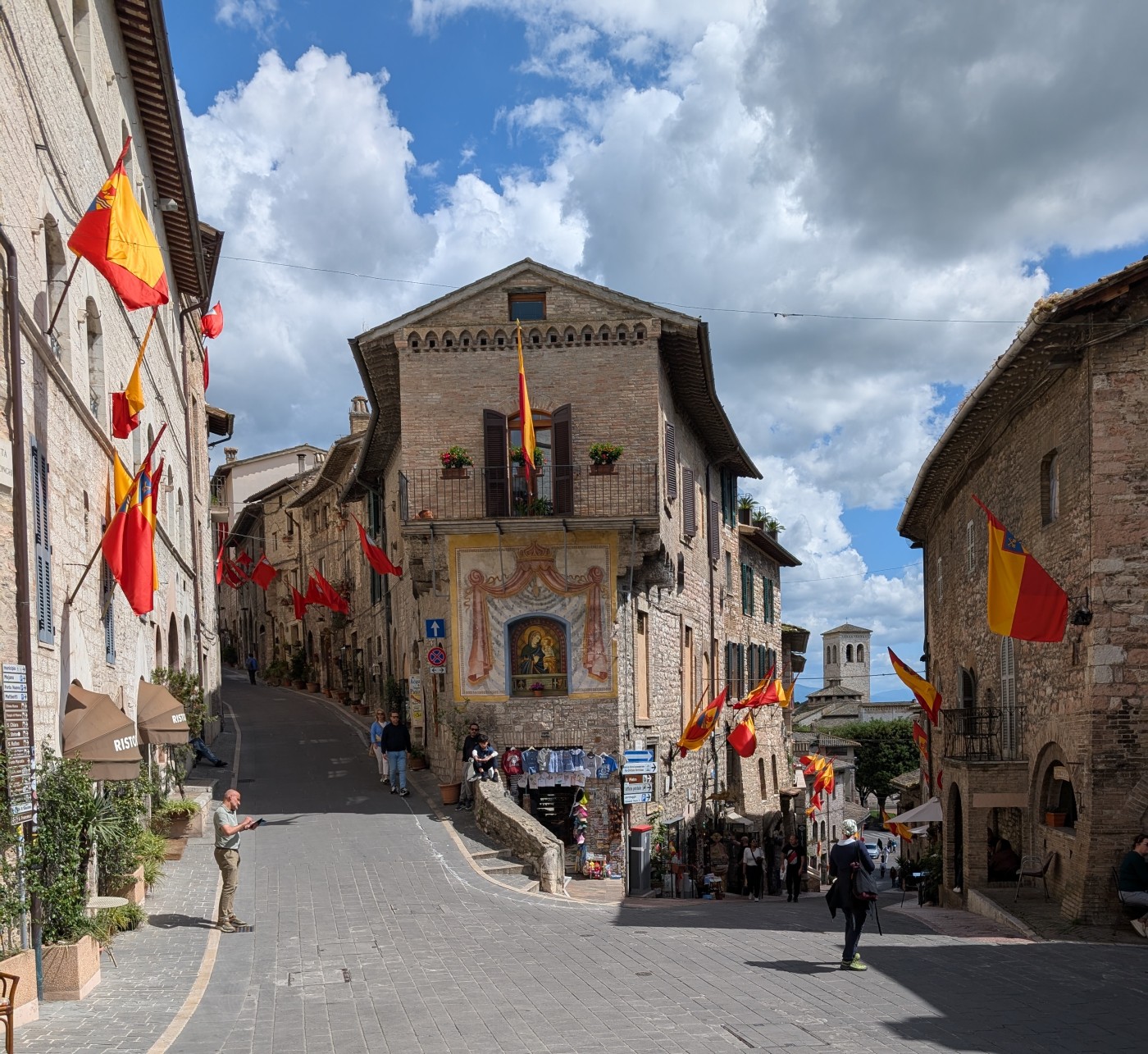
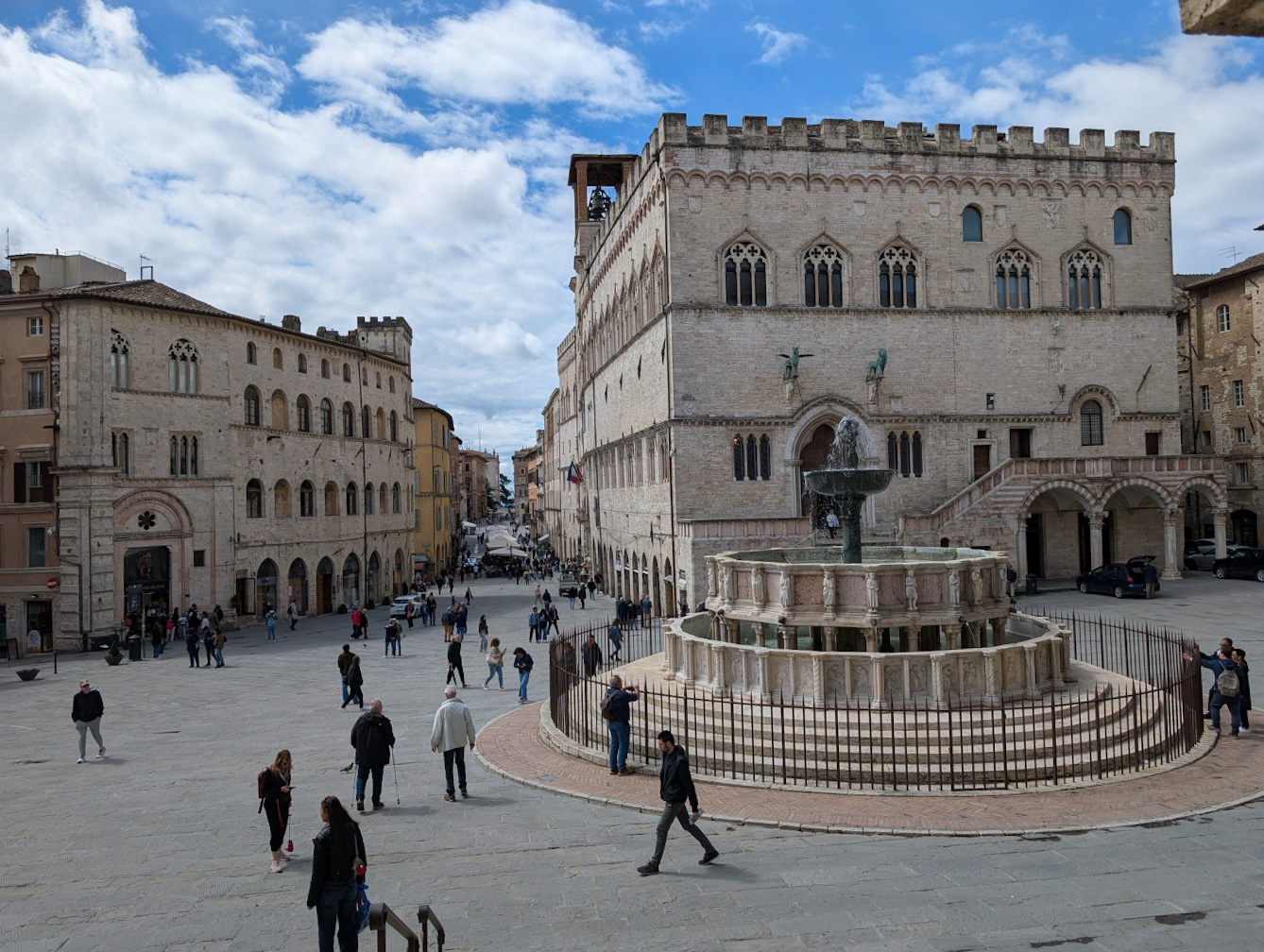
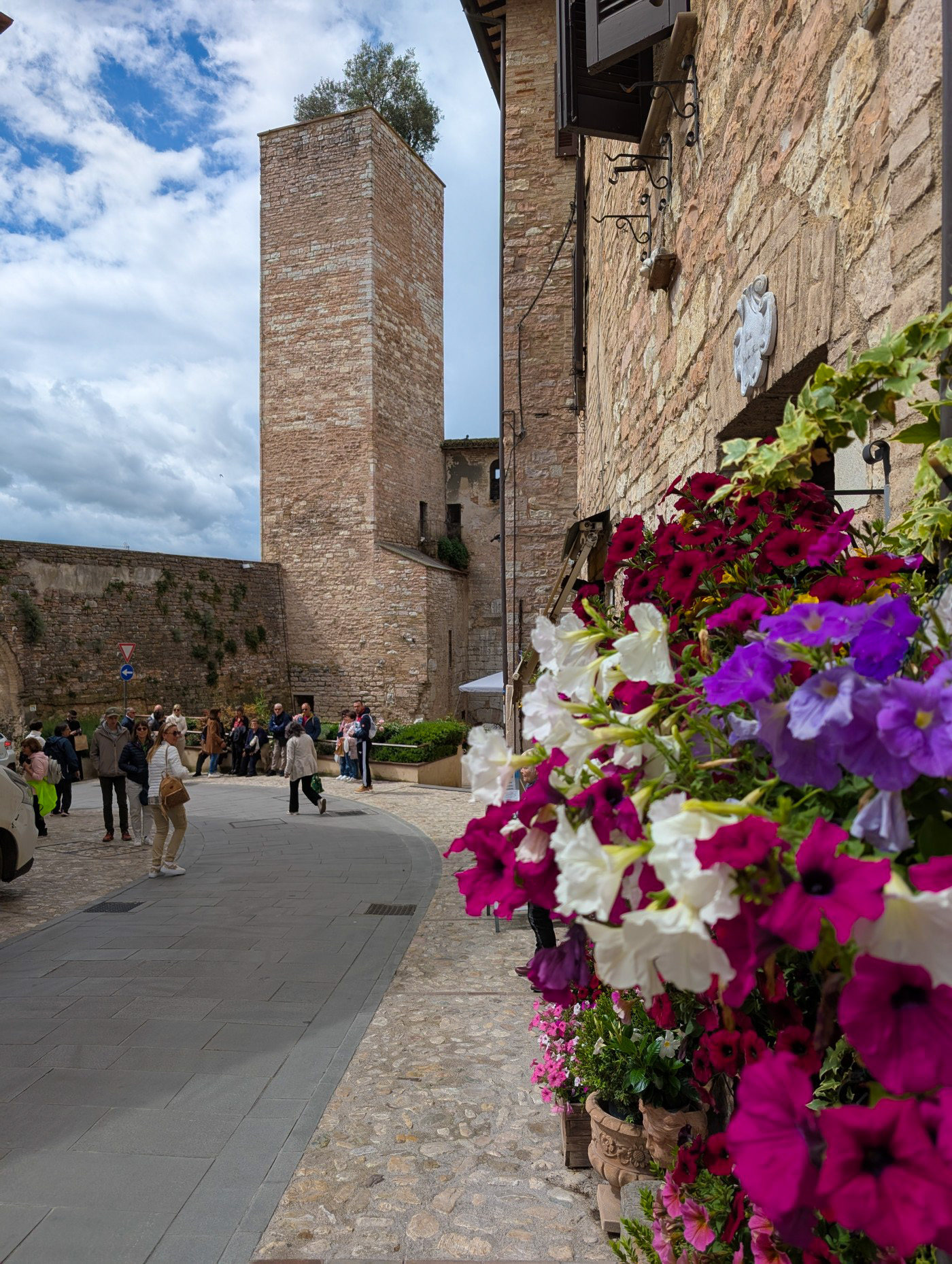
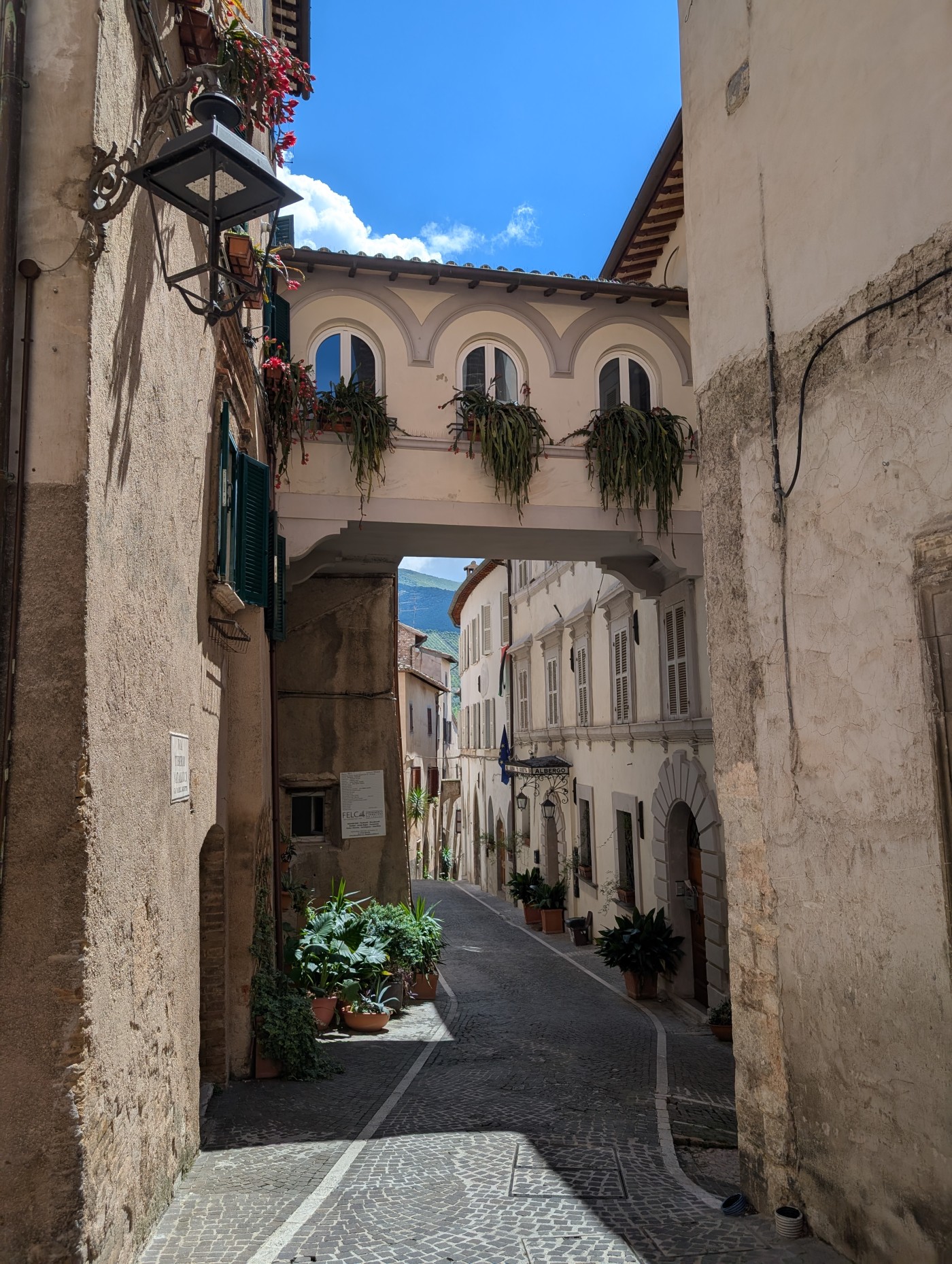

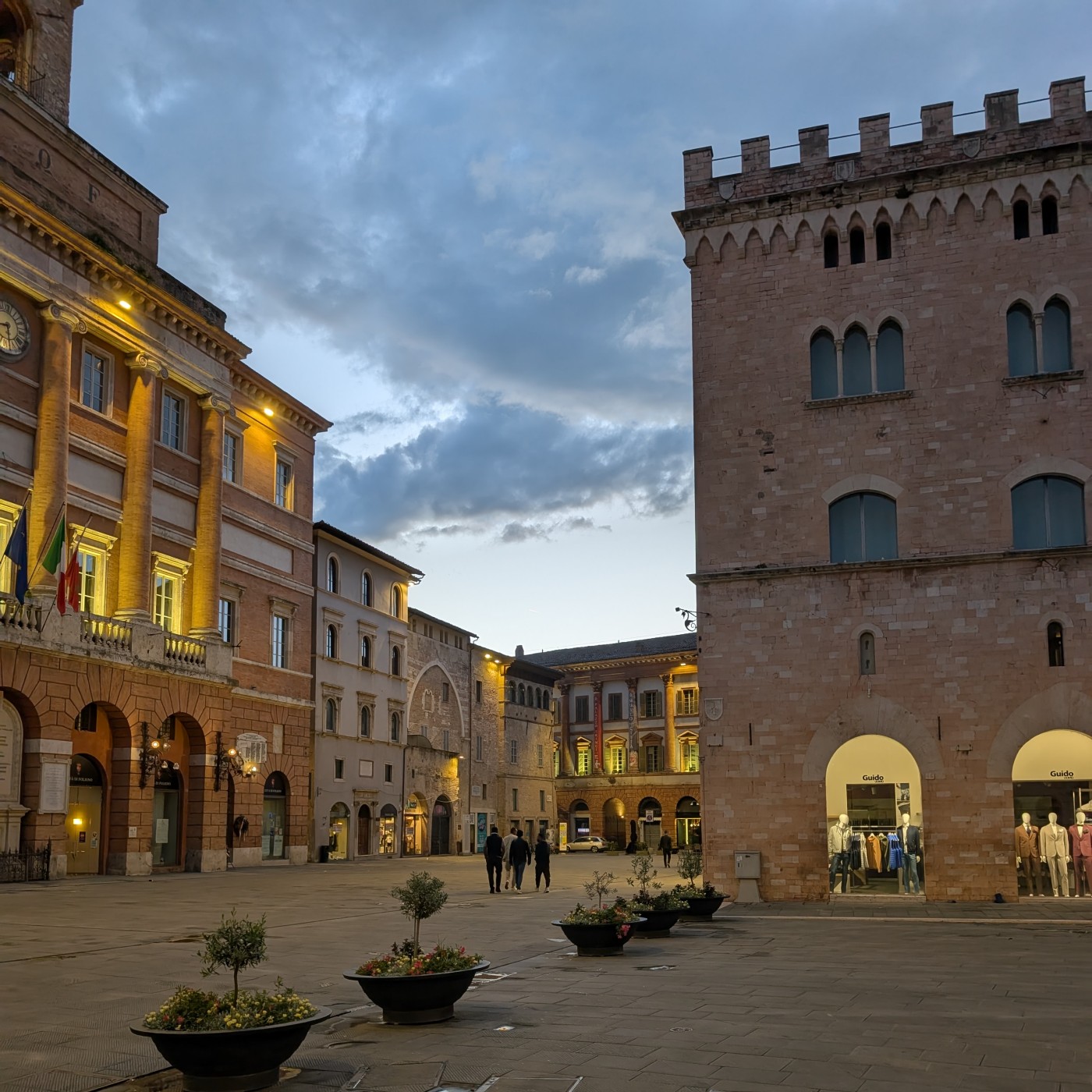
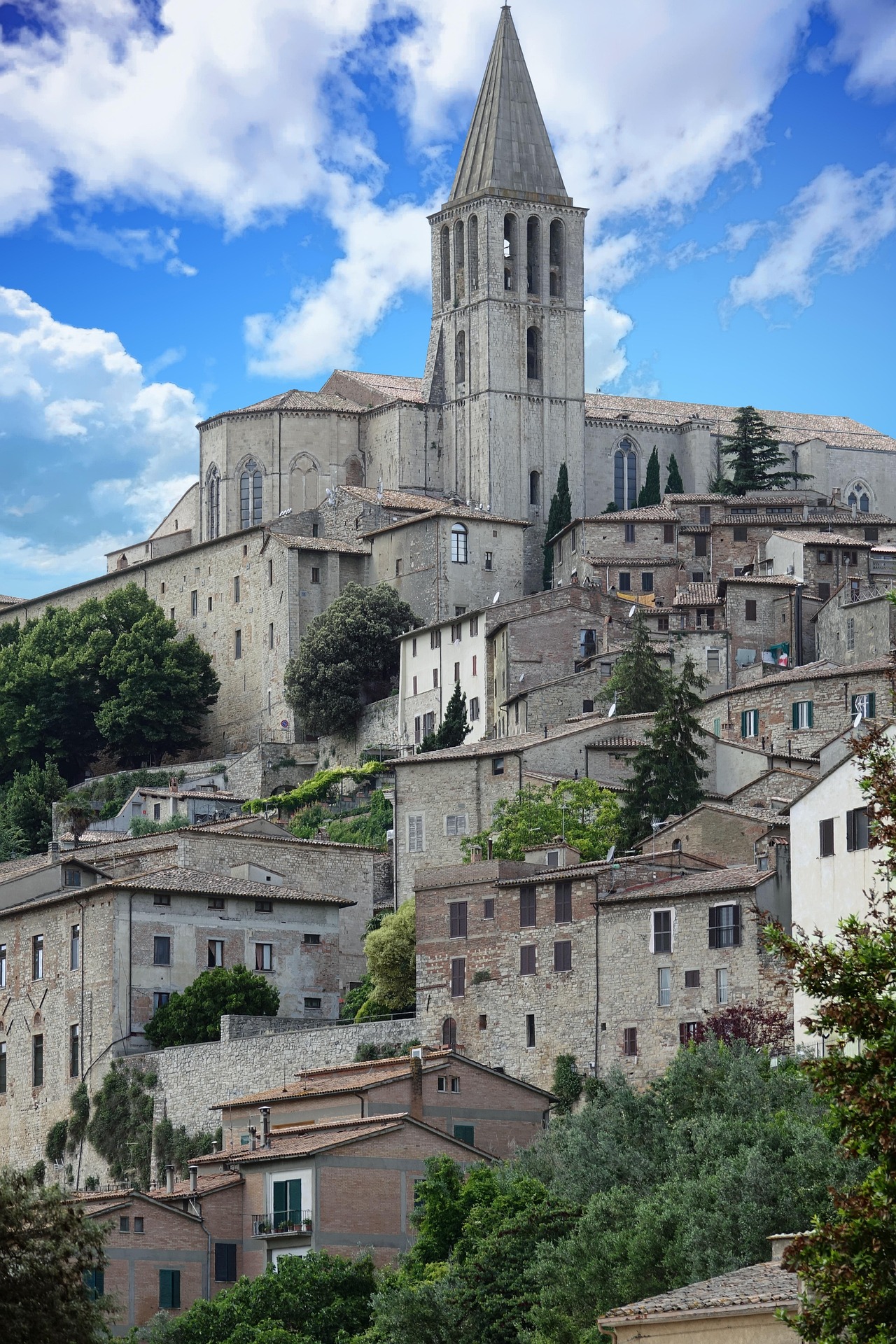
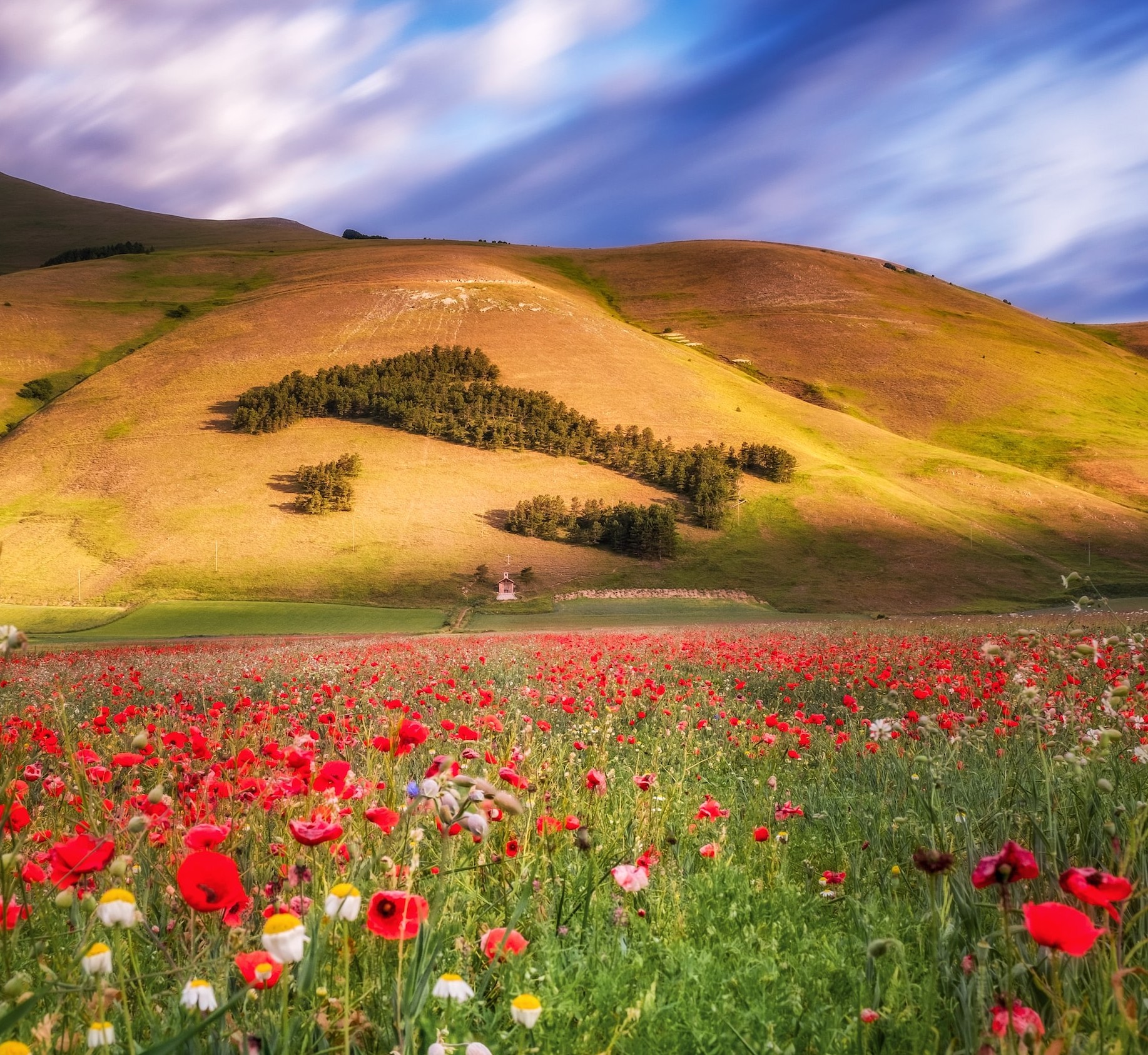


New! Comments
Have your say about what you just read! Leave me a comment in the box below.